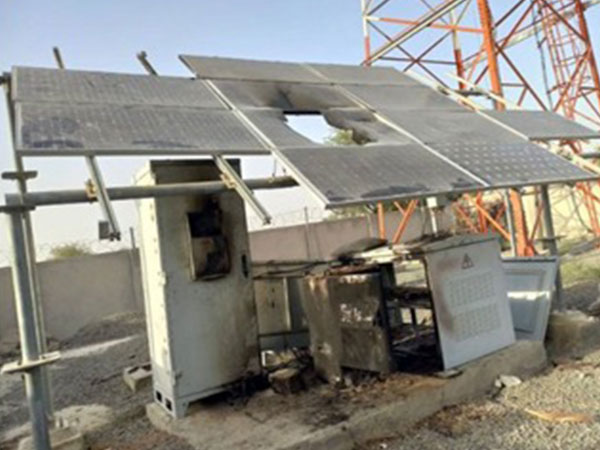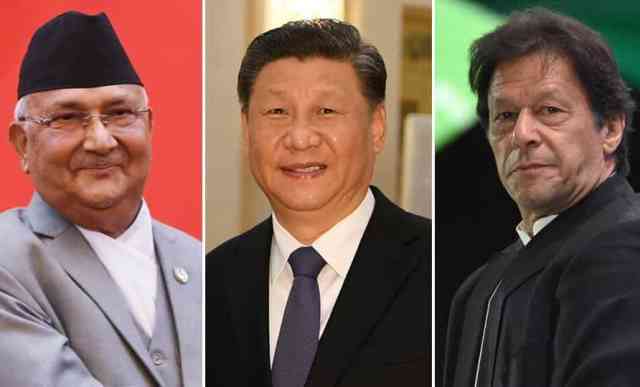Balochistan Liberation Front (BLA) claimed to have set fire to six mobile phone towers of Pakistani and Chinese companies in Tehsil Dasht of District Kech of Balochistan province.
BLA also attacked the mobile phone towers of the Pakistani mobile phone company ‘Ufone’ and the Chinese company ‘Zong’ in Dasht Kambel, Jan Muhammad Bazar, Print Bazar, and Zarin Bug areas of Kech, Balochistan.
BLA claimed to have burnt and destroyed all the machinery in those towers.
Similarly, another tower of Ufone on the China-Pakistan Economic Corridor (CPEC) route in Dasht, of Kech and the towers of Zong Company in Sungai Bazaar of Kech were attacked and all the machinery was set on fire.
Pakistan and China are laying a network of mobile phone towers in different areas of Balochistan to facilitate their spies and soldiers. The towers are also used for surveillance of the Baloch people.
Mobile Phone Towers were installed to protect the CPEC route. By propagating these projects as part of the development of Baloch people and Balochistan, the administration is misleading the locals to prolong their occupation in the area and loot the region and the people of their resources.
Two years ago also, in June 2021, The Baloch Liberation Army (BLA) claimed that its fighters set on fire the installations of telecommunication companies at Margat’s Chokhobi Wadh area of Quetta Balochistan and captured six of its staff members.
The spokesperson of the pro-freedom resistance organisation, Azad Baloch, also named the captured workers as Gul Shah Khan, Abdul Aadi and Mehraj residents of Quetta, Zhob and Qila Saifullah respectively, and Muhammad Yusuf, resident of Quetta, Amanat Ali, resident of Gujrat, Punjab, Rehmatullah, resident of Qila Saifullah.
Back in 2021, the BLA said that various telecommunication companies in occupied Balochistan have been repeatedly warned not to act as facilitators in the expansionist ambitions of the imperialist powers (Pakistan and China).
China, in collaboration with Pakistan, set up a telecommunications network and has been using other telecom companies, including Hawaii, and Subcon companies, (Netcom, Exeleron, ZTE) to spy on and trace the movement of people in Balochistan.
All of these projects are being funded through a well-organized project under the “Universal Service Fund”.
China has already to some extent implemented its economic and military ambitions against the will of the Baloch nation in the coastal city of Gwadar in occupied Balochistan, where the China-Pakistan Economic Corridor (CPEC) project has been threatened by Baloch freedom fighters, due to which China and Pakistan are constantly trying new methods for Baloch genocide.
Telecom companies are installing mobile towers in uninhabited hilly areas of Balochistan at the behest of the Pakistani military. Under the guise of these telecom companies, China and Pakistan exchange secret information about Baloch freedom fighters and help the Pakistan army to intensify the ongoing military aggression and the abductions of Baloch youths in occupied Balochistan. (ANI)
Read More: http://13.232.95.176/

